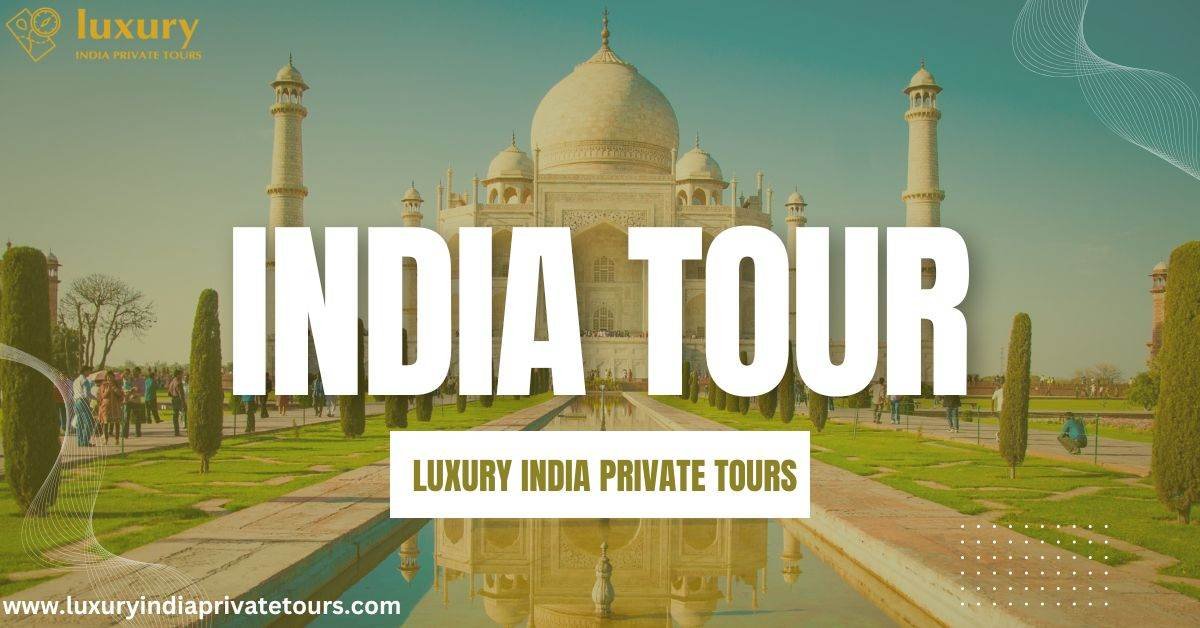Planning a trip to India tour is an exhilarating endeavor, but with its vast geography and diverse climates, deciding on the best time to visit can be a daunting task. Fear not! We’ve compiled insider strategies to help you navigate through the seasons and make the most of your Indian adventure. India, the land of vibrant colors, ancient wonders, and captivating experiences, beckons travelers with its irresistible charm. But with a vast landmass and diverse climate, choosing the ideal time for your India tour can be a head-scratcher. Fear not, intrepid explorer! This guide unveils insider strategies to ensure your Indian adventure unfolds under the most favorable skies.
Decoding India’s Seasons With The India Tour
India boasts a kaleidoscope of climates, broadly categorized into three distinct seasons:
Summer (March to May): Brace yourself for scorching heat, particularly in central and northern regions. Temperatures can soar to 45°C (113°F), making sightseeing a sweaty affair. However, this season offers lower travel costs and smaller crowds in popular destinations.
Monsoon (June to September): Life-giving rains sweep across the country, transforming parched landscapes into lush greenery. While some areas experience heavy downpours, others receive moderate showers. The monsoon breathes life into Kerala’s backwaters, making it an ideal time for a serene cruise. However, be prepared for occasional travel disruptions and potential flooding in some regions.
Winter (October to February): A welcome respite from the heat, winter paints India in pleasant hues. The skies are clear, making it perfect for sightseeing and outdoor activities. However, the Himalayas experience snowfall, affecting accessibility in some areas. This peak season attracts larger crowds, so booking flights and hotels in advance is crucial.
Unveiling the Best Time for Specific Regions With The India Tour
North India: Home to the majestic Himalayas, the Taj Mahal, and the Golden Temple, North India experiences scorching summers and pleasant winters. The ideal window lies between October and March, offering comfortable temperatures for exploring historical sites and participating in cultural festivals like Diwali (Festival of Lights) in November.
South India: Renowned for its beaches, backwaters, and hill stations, South India enjoys a more moderate climate year-round. October to February offers sunshine and pleasant temperatures, perfect for exploring Goa’s beaches, Kerala’s backwaters, and the hill stations of Munnar and Coorg.
East India: Famed for its verdant landscapes and rich history, East India experiences a tropical climate with hot summers and mild winters. October to March provides comfortable weather for exploring Kolkata’s colonial architecture, Darjeeling’s tea plantations, and the serene beauty of the Sunderbans.
West India: Boasting vibrant cities like Mumbai and the majestic Thar Desert, West India experiences distinct weather patterns. November to February offers pleasant weather for exploring the bustling streets of Mumbai, the beaches of Goa, and the historical sites of Rajasthan.
Himalayan Region: The mighty Himalayas beckon adventure enthusiasts with their breathtaking beauty. The trekking season ideally falls between March to May (before the monsoon) and September to November (after the monsoon) when the skies are clear and the trails are accessible. However, be prepared for unpredictable weather conditions at high altitudes.
Beyond Seasons: Festivals and Events to Consider
India’s vibrant tapestry is woven with a multitude of festivals, adding an extra layer of charm to your experience. Here are some popular festivals to consider while planning your India tour:
Holi (Festival of Colors): Held in March, Holi is a joyous celebration of spring marked by vibrant colors, music, and revelry.
Pushkar Camel Fair (October/November): Witness a spectacle of color and tradition at this camel fair in Pushkar, Rajasthan, where thousands of camels are adorned, showcased, and traded.
Diwali (Festival of Lights): Celebrated in November, Diwali is a dazzling display of lights, fireworks, and festivities, symbolizing the triumph of good over evil.
Kerala Backwaters Festival (August/September): Experience the serenity of Kerala’s backwaters amidst vibrant boat races and cultural performances during this unique festival.
Unveiling the Unexpected Gems With The India Tour
Shoulder seasons (the periods between peak and off-seasons) offer a sweet spot for budget-conscious travelers. Here’s why you might consider them:
March and September: While the tail-end of summer and the beginning of monsoon might see fluctuating weather, you’ll encounter fewer crowds and potentially lower travel costs.
October and February: The shoulder months of peak season offer pleasant weather without the peak season price tags and crowds.
Insider Tips for Off-Peak Travel To India Tour
Traveling during the shoulder seasons of April to June and November to February can offer numerous benefits, including fewer crowds and better deals on accommodations and activities. Regardless of the season, packing essentials like lightweight clothing, sunscreen, mosquito repellent, and a reusable water bottle is crucial for a comfortable and enjoyable trip to India.
Conclusion
Choosing the best time to visit India tour depends on your preferences, interests, and tolerance for different weather conditions. Whether you’re seeking cultural immersion, outdoor adventures, or a tranquil escape, there’s a perfect time for everyone to explore this vibrant and enchanting country. Don’t miss out on this extraordinary opportunity to immerse yourself in luxury and create unforgettable memories that will last a lifetime. Book your Luxury India Private Tours today and unlock the door to a world of elegance and extravagance!




0 Comment